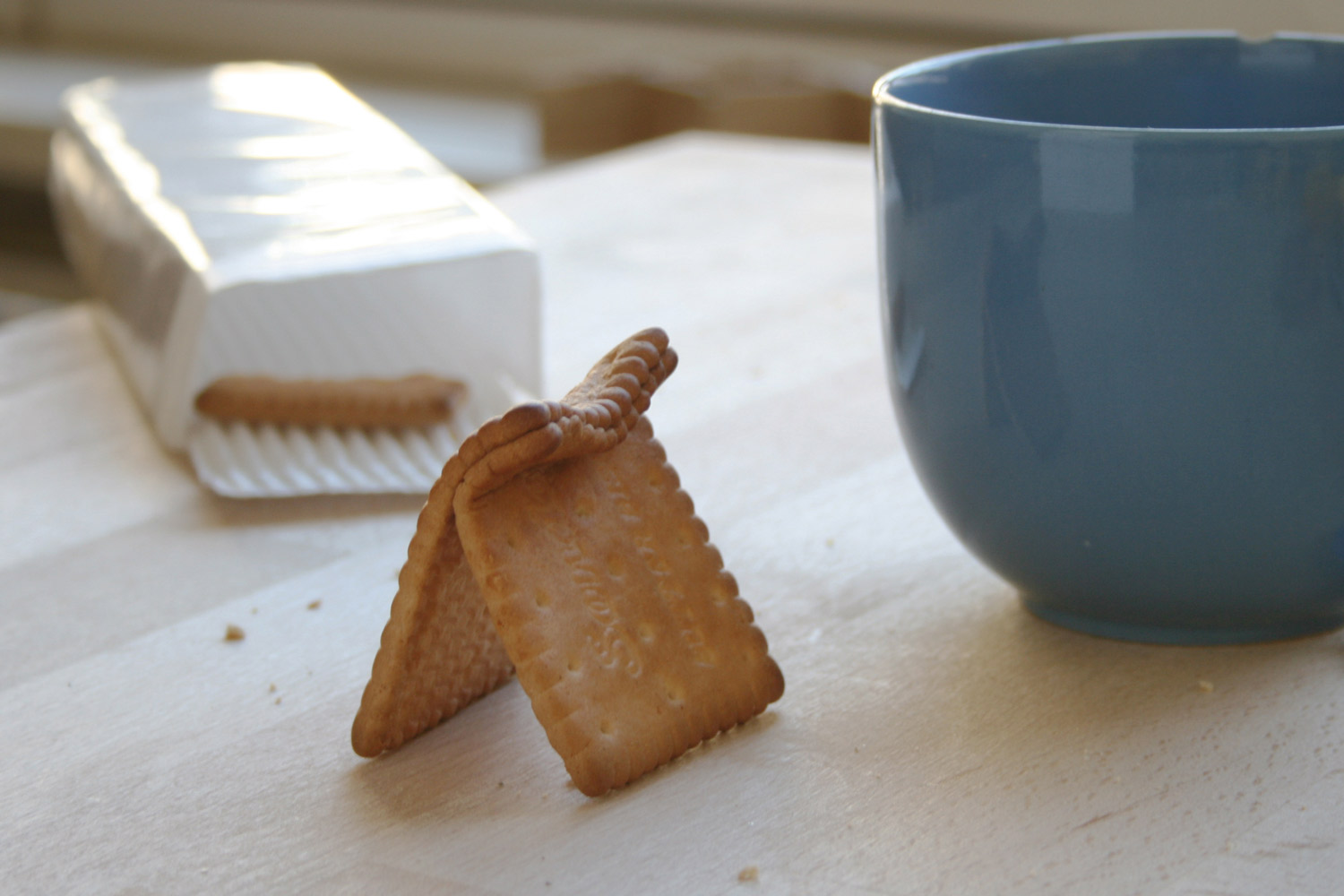
Marco Antonini: How would you describe your work to a complete stranger, someone who has never seen it before?
Shana Moulton: Narrative, short videos and performances that usually feature my alter-ego, solving puzzles of self-discovery. If it is a friend of my parents I’ll use the Blue Man Group as a point of reference; if it is another artist or a curator, I’ll mention people that have influenced me like Michael Smith, Miranda July, Eleanor Antin, Maya Deren.
MA: How important is your personal life and experience in the conceptualization of your work?
SM: My on-screen alter-ego, Cynthia, is a product of myself and other female members of my family, and the video series is named after the mobile home park I grew up in, where a lot of people had collections of kitschy decor or made puzzles or had ten pet birds. And the narratives are usually based on something personal, like having carpal tunnel or wanting to tighten my pores or feeling an affinity with the Sissy Spacek character in the movie Carrie.
MA: Video is undeniably the backbone of your performances and installation. What attracted you to this medium and how are your approach and technique evolving?
SM: I was attracted to video for several reasons. My family got a camcorder when I was around 12 and I used it to make short video-plays with friends and family. I was describing these to someone while I was in grad school, and they encouraged me to get back into that. I still think my best video was a remake of the Black Lodge scene from the last episode of Twin Peaks that I made with my family when I was 15. I went to a very tech-focused grad program. Back then, I was mostly looking at other video and performance artists, but while studying in Amsterdam I was encouraged to look more at painting. Now I regularly collaborate with Lucy Stein, a painter I met there. And it made sense for me to consider painting more, because the visual aspects of the composition are just as important to me as the narrative or the concepts.

MA: To what degree can Cynthia’s world be considered as a reflection on current cultural, social and political issues?
SM: Cynthia is definitely at the mercy of these forces. Her constant anxiety and melancholy is a result of this, and of not being able to be truly “free” with her body in public spaces. For Cynthia, using or seeing these private products or domestic decorations in the wrong way, not the way that society prescribes, is often a relief from these feelings.
MA: Hypochondria and paranoid self-consciousness are recurrent themes in your work. Do you consider Shana/Cynthia’s anxieties as induced states, or do you rather look at them as manifestations of her/our inner self?
SM: The first video I made featured Cynthia wearing a dress with a hemorrhoid pillow embedded in its fabric. It is up to the viewer to decide if she needed the pillow for an actual physical ailment or if the pillow was just a physical manifestation of mental anxiety. Either way the donut-shaped pillow was a portal into her inner world.





